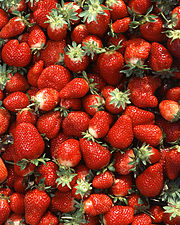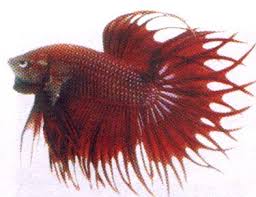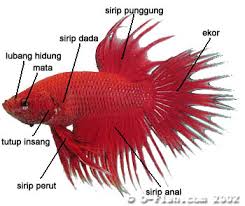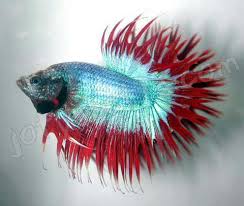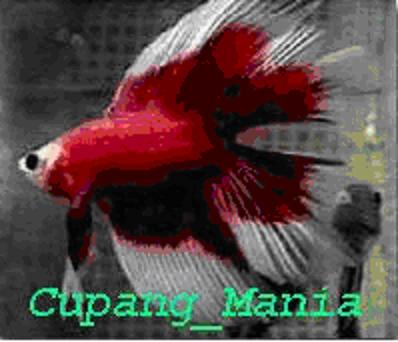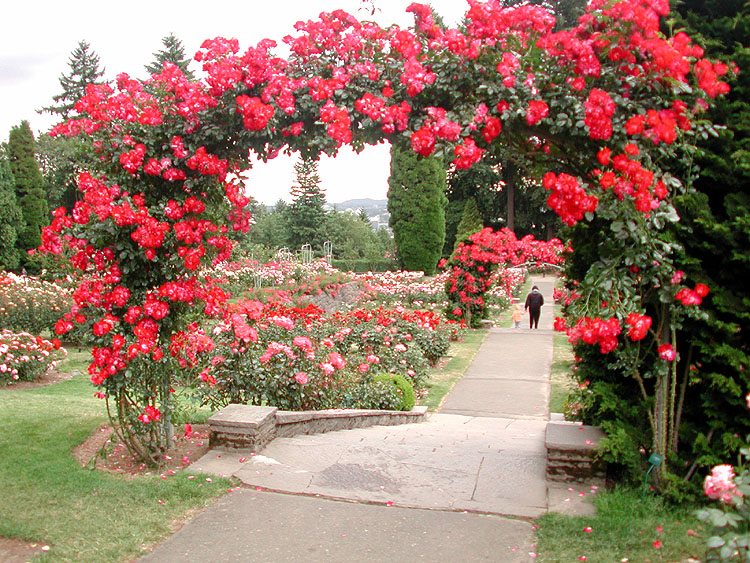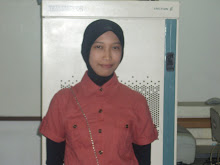
Tuesday, 15 December 2009 | 9:00 PM
KOMPAS.com - These incredible pictures show octopuses making their own mobile homes from discarded coconut shells - in what scientists believe is the first 'intelligent' use of tools by an invertebrate.
Researchers studied more than 20 of the eight-legged creatures in Indonesia, watching how they recycled the shell halves thrown into the sea by humans.
The animals did much more than simply crawl under a convenient shell. They collected coconut halves of the right size, stacked two together, and transported them under their bodies over distances of up to 20 metres.
The shell 'bowls' were then unloaded and placed with their open ends together to form a closeable lair.
To carry the shells, the octopuses developed a comical form of locomotion, dubbed 'stilt walking' by the researchers.
The soft-bodied creature would first spread itself over a consignment of coconut shells, making its eight tentacles rigid. It would then raise the whole assembly to amble on eight 'stilts' across the sea floor.
This made what the octopuses were doing very different from the actions of hermit crabs, which house themselves in empty mollusc shells, the scientists pointed out.
'There is a fundamental difference between picking up a nearby object and putting it over your head as protection versus collecting, arranging, transporting (awkwardly), and assembling portable armour as required,' said Dr Mark Norman, from the Museum Victoria in Melbourne, Australia.
Colleague Julia Finn, who also took part in the research, added: 'While I have observed and videoed octopuses hiding in shells many times, I never expected to find an octopus that stacks multiple coconut shells and jogs across the sea floor carrying them.
'I could tell that the octopus, busy manipulating coconut shells, was up to something, but I never expected it would pick up the stacked shells and run away. It was an extremely comical sight - I have never laughed so hard underwater.'
The research is reported in the journal Current Biology.
'Ultimately, the collection and use of objects by animals is likely to form a continuum stretching from insects to primates, with the definition of tools providing a perpetual opportunity for debate,' the scientists wrote.
'However, the discovery of this octopus tiptoeing across the sea floor with its prized coconut shells suggests that even marine invertebrates engage in behaviours that we once thought the preserve of humans.'

